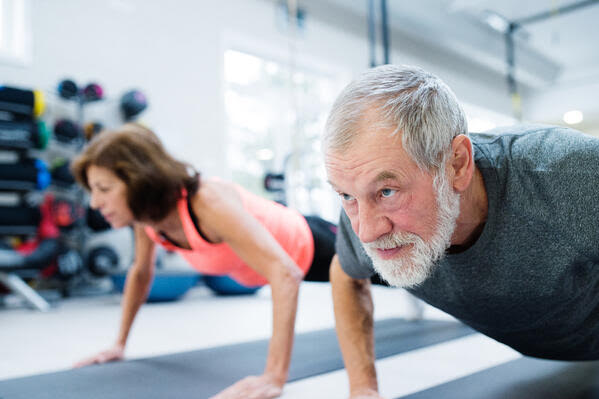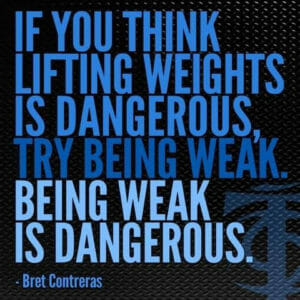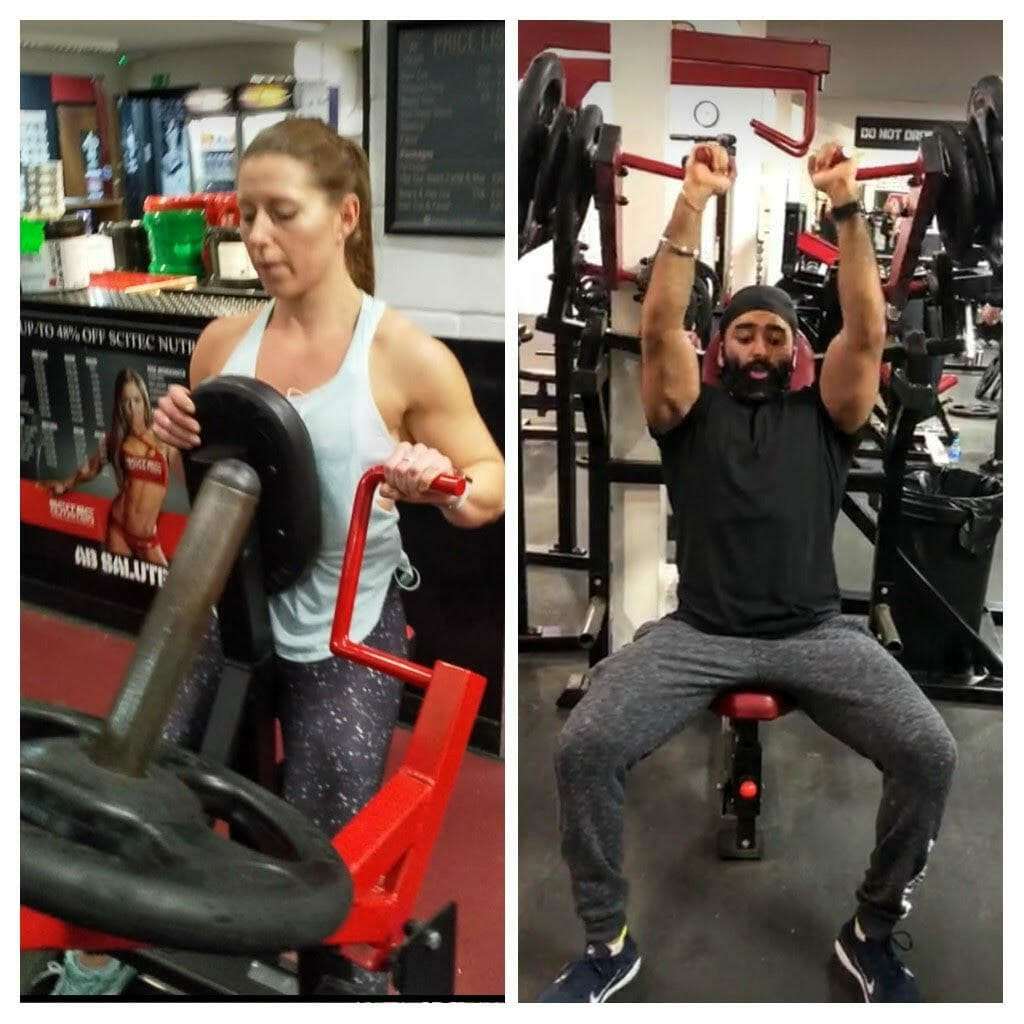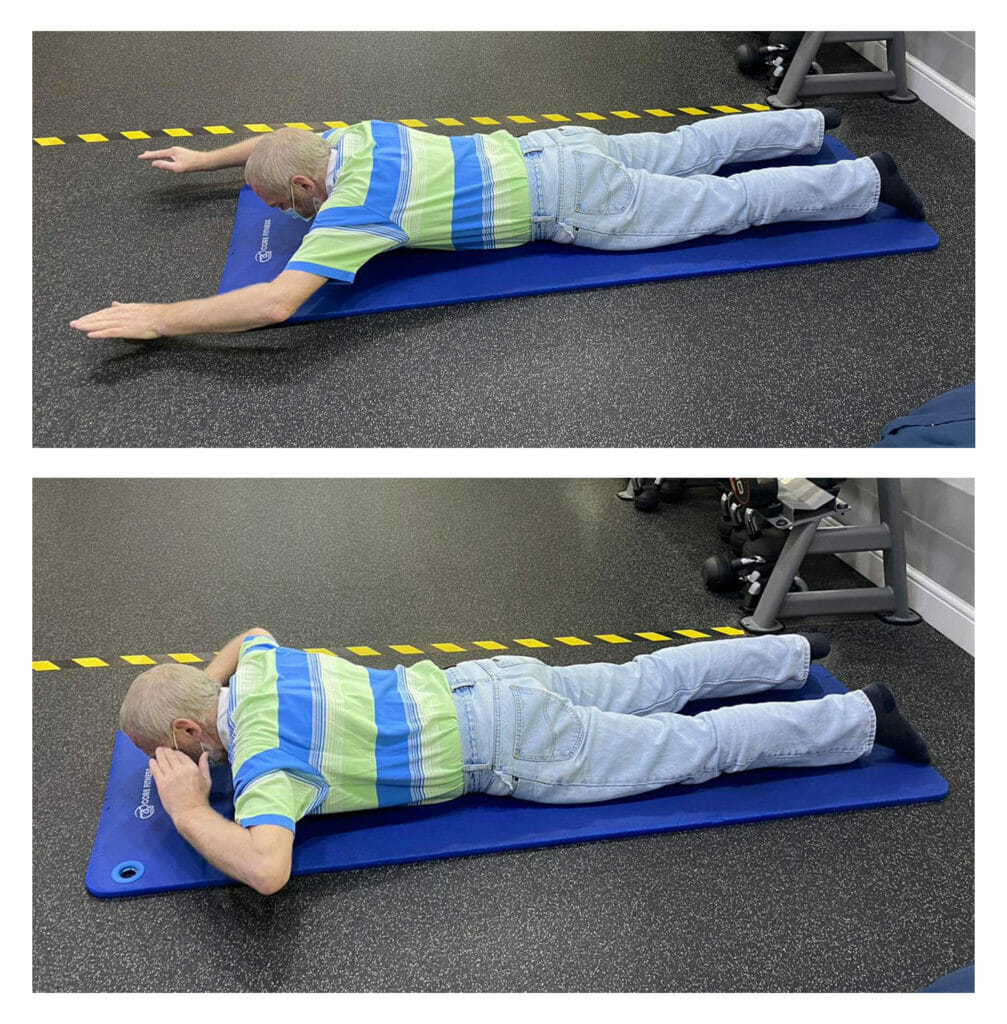
We all know that, approached the right way, being active and taking exercise is good for us – but not if it aggravates old injuries and causes new ones. So what’s right for you? Doctors of Chiropractic Gurjot Nandhra & Penny Clark bust some of the myths so you can enjoy exercise and activities safely. Whether you’re concerned about exercise if you’ve been injured or you’re concerned about starting exercise if you’ve never really done much of it… this blog is for you – you will learn the basics in how to go about your training regimen, and how to get the best out of it.
Are your training capabilities different?
 Why is it that some people are capable of lifting heavy weights, and then others get injured by something relatively innocuous? Are you born a certain way? When you see people get injured who are regular gym-goers, or do a particular sport, does that mean that it’s dangerous to take part in such physical activities? Time to bust some myths and find out what’s what..
Why is it that some people are capable of lifting heavy weights, and then others get injured by something relatively innocuous? Are you born a certain way? When you see people get injured who are regular gym-goers, or do a particular sport, does that mean that it’s dangerous to take part in such physical activities? Time to bust some myths and find out what’s what..The Right Stress is GOOD
 Stress usually has negative connotations. In fact, it’s something that our bodies need to adapt and get stronger.
Stress usually has negative connotations. In fact, it’s something that our bodies need to adapt and get stronger.
“The results from 8 Weeks to Wellness have exceeded my expectations. The flexibility in my neck and shoulders was very poor when I first came to the clinic and was preventing me from certain exercises. Now I can return to things I haven’t been able to do for several years. Nutrition was the area I was weakest in but with the support and information available, my family and I are now eating much healthier” Neil Bain.
How Are Tissues Injured?

- the application of a sustained and excessive force,
- the application of a repeated and excessive force,
- the application of a sudden and excessive application of force.
Note the word ‘excessive’, which will vary from one person to the next. When the mode of injury is by way of sustained or repeated ‘excessive’ force, that force may not feel ‘excessive’, but the nature of being sustained and/or repetitive can build to the point of ‘tissue failure’.
The right kind of stress is key! Start with simple & basic movements.
Get Back to Basics
It’s easy to get carried away by the latest trend, or become competitive with yourself and/or others to progress. Start with the simple and basic movements. Even when you feel comfortable with a particular exercise or movement, use visualisation and light practice drills before adding resistance- and make sure the resistance goes up GRADUALLY!
Keep it Functional
Our bodies have been built a particular way for a reason. We are not designed to sit all day. Ensure the exercise you take part in reinforces good habits, even when the workload is light, such as picking your children’s toys off the floor, repeated poor form can cause excessive stress and strain over time. Keep good habits at home as well as in the gym! (If the gym is your jam!)
We are not designed to sit all day. Keep good habits in your everyday movements.
Always Consider Your Core
A frequent question we are asked is “how do I tone-up my abs”.
When it comes to exercising your abs, it’s important to understand that the actual function of your abs and core is for stability of your torso.
Therefore effective exercises include the bird-dog, plank, McGill sit-up and lunges. A well coached ‘neutral spine and abdominal brace’ will activate the core while doing various exercises. This activation of the core actually helps to generate power in different activities. These are just some of the exercises we use in our ‘Posture Prep’ programme, which is individualised to ensure the appropriate prescription of exercises for each person.
In conclusion:
Here at Spinal Care Clinics, we strive to give you the best possible outcomes and this is achieved by looking at all the different aspects of functional health. All our Chiropractors, Personal Trainers and Massage Therapists have a goal of improving joint mobility, stability and flexibility.


